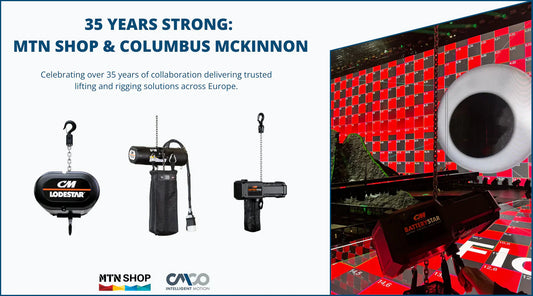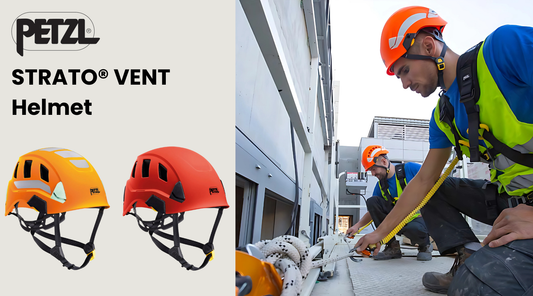Rope Access in the Energy Industry
Article
Wind power energy is currently America’s largest renewable resource. It creates power by capturing kinetic energy produced by the wind and converts it to electricity.
The American Wind Energy Association (AWEA) released a report early this year stating wind power surpassed hydropower dams and is now the fourth largest renewable resource overall.
There are over 100,000 wind workers across the country, and the growth of the industry has helped communities they’re stationed in prosper. The AWEA explains that American wind power can double output over the next five years and supply 10% of America’s electricity by 2020.
Farmers who host turbines significantly benefit from them because they’re not subject to droughts and create profit. The projects provide private landowners with annual lease payments and wind power produces the least expensive energy source available.
Wind workers manufacture, construct, and maintain the United States turbine fleet across the country—mostly by rope access. People favor the energy source because it’s inexpensive, homegrown, and contributes to the economy.
Wind Turbines

Industrial wind turbines are evolved versions of windmills. Wind power has been utilized for thousands of years, and began with windmills that converted energy to pump water or grind grain.
Today’s turbines are over 300 feet tall with usually feature 3 blades spanning beyond 116 feet each. The steel tower supporting the blades is over 200 feet tall, and is made of more than a thousand tons of concrete and steel rebar.
These structures are 30 to 50 feet across and 6 to 30 feet deep. The ground the tower stands on must be level and at least 3 acres in area; if the wind turbines are being built on a mountain, they must be blasted and flattened to support the towers.
Sizes of wind turbines vary from utility-scale at 100 kilowatts to several megawatts. Larger wind turbines are grouped together in wind farms to provide a bulk of electrical power. Single, small turbines are used for homes or diesel generators.
Industrial Rope Access

Rope access is key in the wind energy sector. It allows workers to reach difficult locations without using scaffolding or raised work platforms safely to maintain the structures responsible for providing massive amounts of power.
Rope technicians use rope access to descent, ascent, and traverse ropes while suspended by a harness. Wind turbine maintenance requires rope access and it’s crucial for workers to be as safe and efficient as possible.
A minimum of two trained technicians are required for any job. IRATA certification is widely accepted, but some employers allow the SPRAT certification as well.
Each technician is supported by ropes and each rope has a fail-safe descent mechanism. Any other equipment or tools needed are attached to a worker’s harness by lanyards and increase safety for the worker and anyone below.
Rope access maintenance is needed for both onshore and offshore wind turbines. Wind turbines are vulnerable to variable outdoor elements and detecting potential issues with the machines can be severely damaging and costly.
MTN Shop is committed to professional rope access safety. For more information, visit MTN Shop.
Sources:
https://www.awea.org/MediaCenter/pressrelease.aspx?ItemNumber=9812
https://energy.gov/eere/wind/how-do-wind-turbines-work
https://www.awea.org/all-about-wind



